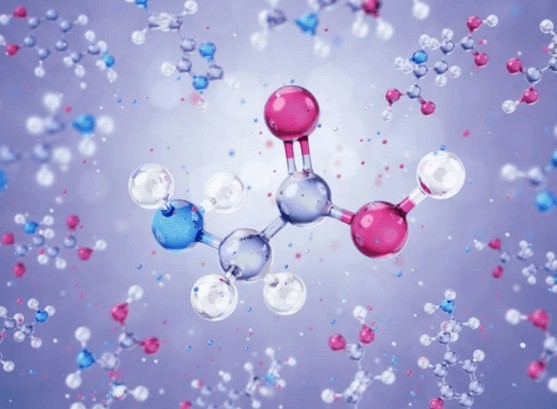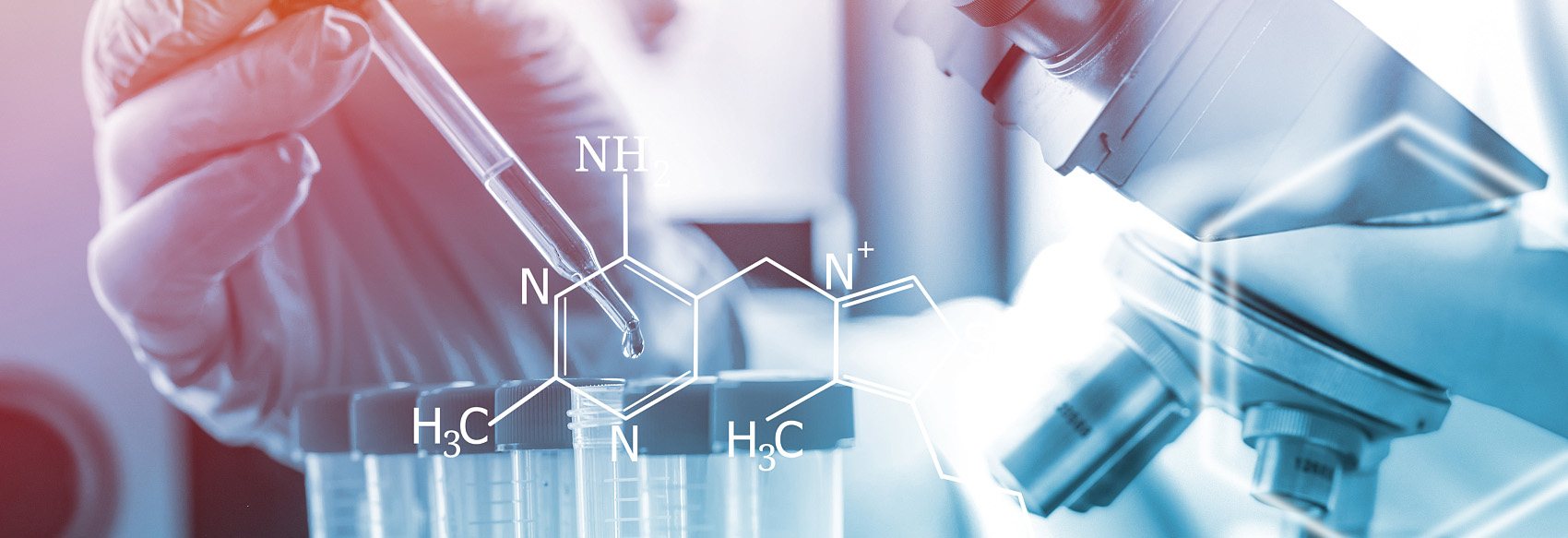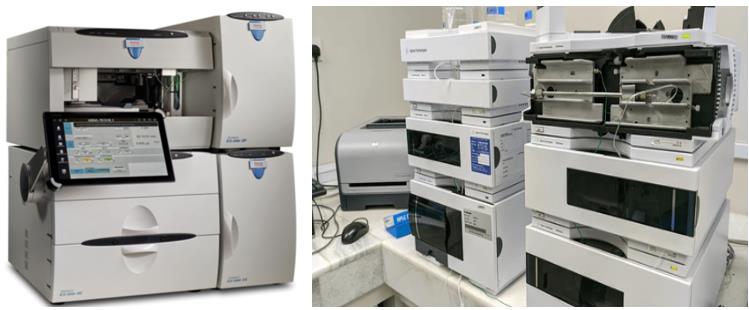
Residual cation and anion analysis platform is designed to identify and quantify any leftover positively charged (cationic) or negatively charged (anionic) impurities in a pharmaceutical product. Identifying and quantifying residual cation and anion impurities is important for ensuring the safety, efficacy, and quality of pharmaceutical products. Our company has established a comprehensive cation and anion trace impurities analysis platform and offers a related services for our clients in the pharmaceutical and biotech industries. Our team of experts utilizes state-of-the-art technology and methodologies to accurately analyze residual cation and anion in drug substances, ensuring that our clients meet regulatory requirements and maintain high-quality standards in their drug development processes.
Our Residual Cation and Anion Analysis Platform
Our cation and anion residue analysis platform has the ability to provide method development and validation, as well as testing services for a wide variety of trace anionic and cationic impurities. These trace anionic and cationic impurities include:
1Cation trace impurities commonly analyzed include: metal ions such as sodium, potassium, magnesium, calcium, lithium, zinc, copper and iron, as well as various organic amines like ammonia, methylamine, and ethylamine, etc.
2Anion trace impurities commonly analyzed include: fluoride, chloride, iodide, bromide, nitrate, sulfate, sulfite, carbonate, phosphate, hypophosphite, polyphosphate, oxalate, borate, perchlorate, cyanide, azide, sulfonic acid, trifluoroacetic acid, formate, acetate, halogenated acids, maleate, citrate, tartaric acid, malic acid, gluconic acid, etc.
Instruments and Equipment
The analysis of cation and anion trace impurities in pharmaceuticals requires sophisticated instruments and equipment. At our cation and anion residue analysis platform, several analytical tools are available to accurately analyze, detect and quantify these minute impurities present in pharmaceutical samples, including:
- Ion Chromatography (IC)
- High-performance Liquid Chromatography (HPLC)
- Gas Chromatography (GC)
- Atomic Absorption Spectroscopy (AAS)
- …
Process of At Our Platform
At our laboratory, we follow a meticulous process for the analysis of cation and anion trace impurities in pharmaceutical products.

Sample Preparation: The pharmaceutical sample is carefully prepared to extract the cation and anion impurities for analysis.
Instrumental Analysis: The prepared sample is then analyzed using suitable techniques such as ion chromatography or HPLC to separate and identify the cation and anion impurities.
Quantification: Once identified, the concentrations of cation and anion impurities are quantified using calibration standards and appropriate analytical methods.
Reporting: A detailed report is generated, highlighting the types and levels of cation and anion trace impurities present in the pharmaceutical sample. For method development and validation, this report will detail the methodology, results, and conclusions of the analysis, as well as provide any necessary documentation and data to support the findings.
Recommendations: Based on the analysis results, recommendations may be provided to mitigate or eliminate the presence of cation and anion impurities in the pharmaceutical product. For method development and validation, we may give further analysis strategies.
With our extensive experience and dedication to excellence, our platform is committed to providing top-notch services to support our clients' research and development efforts. By utilizing advanced analytical techniques and following a rigorous analysis process, we can identify and quantify residual cation and anion impurities, thereby enhancing the overall quality control measures in pharmaceutical process. Contact us today to learn more about how our platform and services can benefit your projects.
It should be noted that our service is only used for research, not for clinical use.



